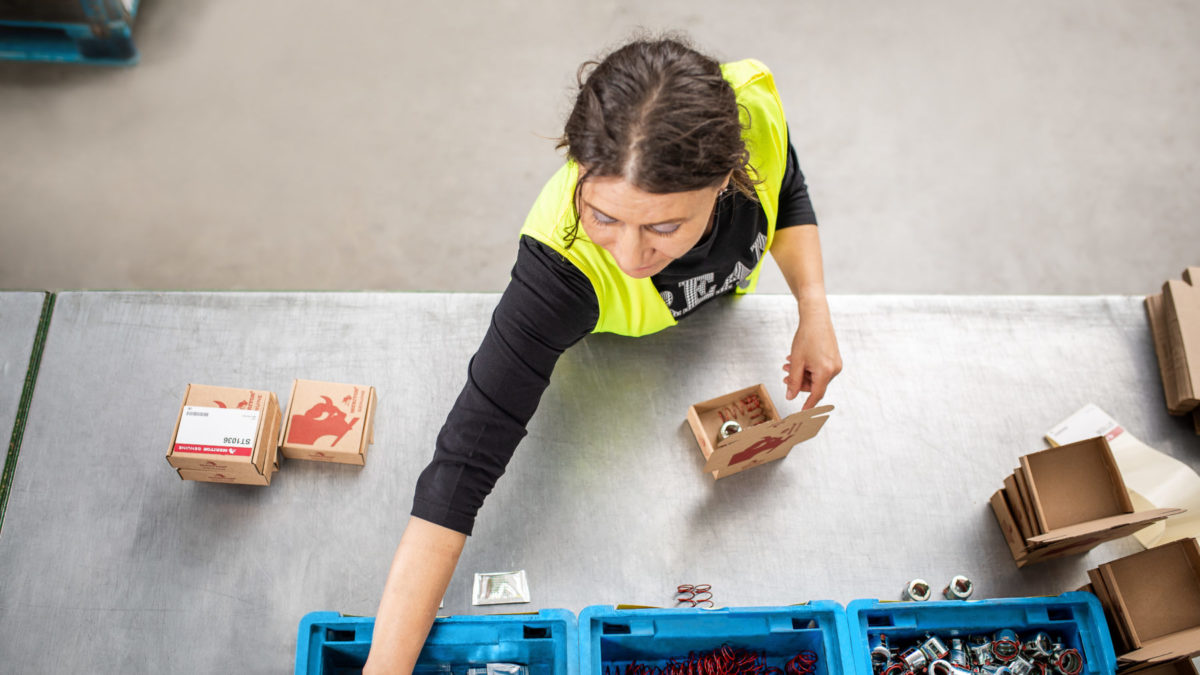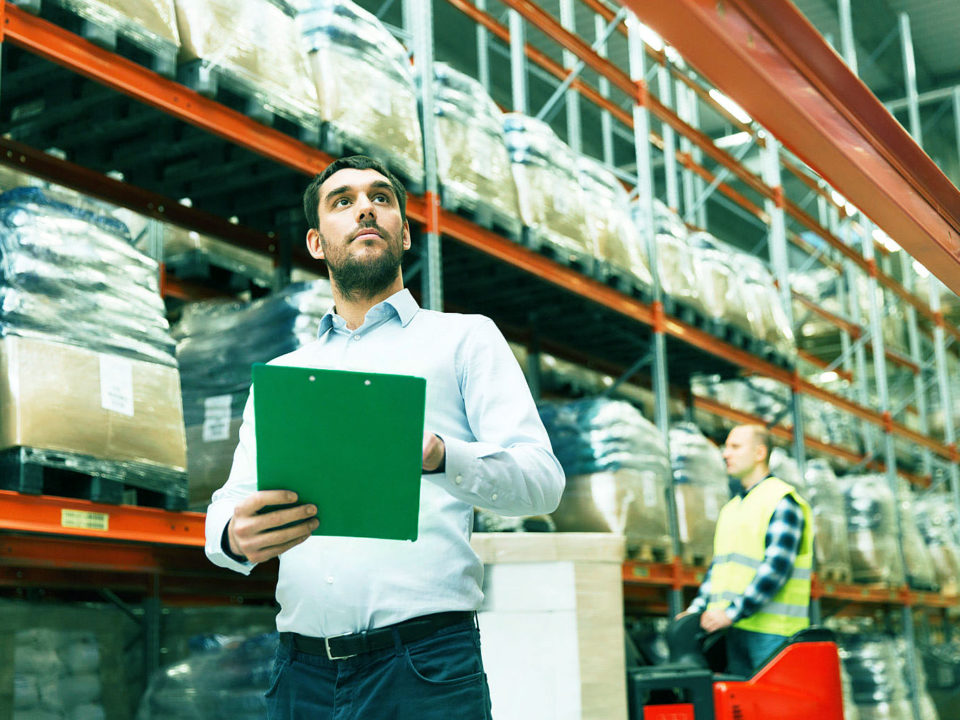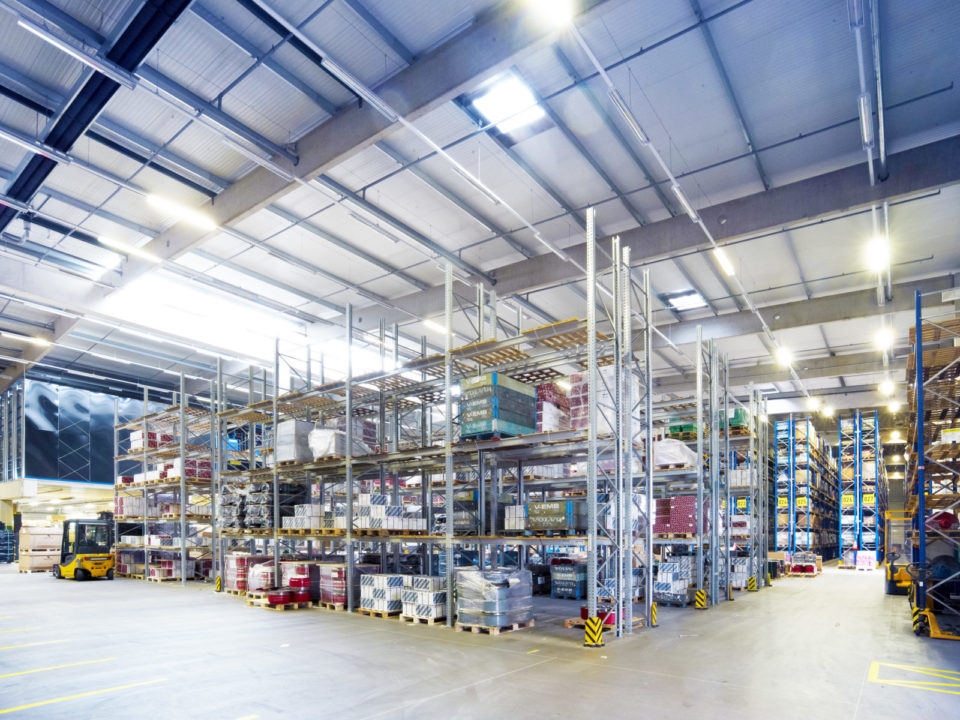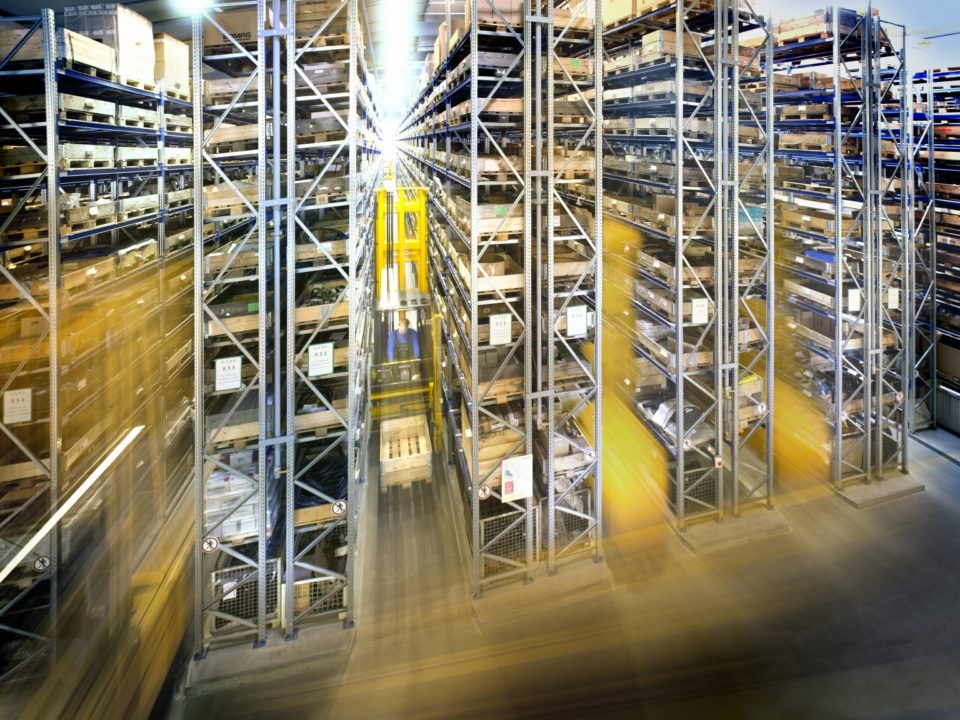
Transshipment – the importance for companies + explanation
29. December 2023
Logistics center – what is it?
29. January 2024Reverse Logistics

In today’s fast-paced business world, logistics processes play a crucial role. They involve not only the movement of products from manufacturer to consumer, but also the reverse – a process known as reverse logistics.Reverse logistics refers to all operations that involve the reuse of products and materials. It is the process of planning, implementing and controlling the efficient, cost-effective flow of raw materials, inventory, finished goods and related information from the point of consumption to the point of origin or to a point where they can be discarded or recycled. These processes can include returns, maintenance, repairs, refurbishing, recycling and even disposal.
This article will dive deep into the world of reverse logistics. We will discuss its importance and its role in modern businesses, the challenges it brings and how these can be overcome. We will also explore best practices and successful case studies and look at the future of reverse logistics. Whether you’re already familiar with the concept or just getting into it, this article will give you a comprehensive overview.
But what exactly is reverse logistics?
Reverse logistics, also known as reverse logistics, refers to all operations related to the reuse of products and materials. It encompasses a wide range of activities, including the management and sale of surplus inventory, the return of products from customers (e.g. due to defects or other reasons), the remanufacturing and repair of products for resale or reuse, and finally the correct disposal of products and materials that cannot be reused.
Reverse logistics is an integral part of supply chain management and can have a significant impact on a company’s profitability, especially in industries with high product turnover or high return rates, such as retail and e-commerce.
Difference between forward and reverse logistics
Forward logistics generally refers to the traditional flow of goods from the manufacturer to the consumer. It includes processes such as production, storage, transportation and distribution. The focus is on efficiency and timeliness to ensure that the right products arrive at the right place at the right time.
In contrast, reverse logistics focuses on the flow of goods in the opposite direction, i.e. from the consumer back to the manufacturer or to another point in the supply chain. This can be due to returns, warranty claims, repairs or recycling activities. The process is often more complex and unpredictable than forward logistics, as it requires effective coordination between different players and often customer-specific solutions.
The importance of reverse logistics for companies
In the modern business world, companies have realized that reverse logistics is much more than just an afterthought. It has become an important part of the business model and offers a number of benefits when implemented effectively.
Why companies should integrate reverse logistics into their business models
- Cost savings and growth: One of the main benefits of reverse logistics is the potential cost savings. By effectively managing returns and other returns, companies can resell or recycle goods, maximizing the value of resources already invested.
- Legal requirements: In many industries, there are legal frameworks that emphasize the need for effective reverse logistics. One example is the WEEE Directive in the EU, which obliges companies to take back and recycle electrical and electronic equipment at the end of its life.
- Reputation and brand image: Effective reverse logistics management can also help to improve a company’s brand image. Customers appreciate companies that care about the environment and offer a simple and efficient returns process.
The impact on customer satisfaction and sustainability
Reverse logistics also has a significant impact on customer satisfaction and sustainability. A simple and transparent returns process can help to increase customer satisfaction and strengthen customer loyalty. At the same time, the reuse or recycling of products and materials enables companies to reduce their environmental footprint and contribute to sustainable development.
The challenges of reverse logistics
Although reverse logistics offers many advantages, it also brings with it a number of challenges. These range from operational difficulties to strategic decisions.
Description of the most common challenges
- Returns management: Managing returns is one of the biggest challenges of reverse logistics. This includes the handling of returns, repairs, exchanges and refunds.
- Optimal distribution center planning: Effective distribution center planning and organization can be a challenge, especially when it comes to processing returns efficiently.
- Process optimization: Optimizing reverse logistics processes is another challenge. This includes improving the efficiency and effectiveness of return flow processes.
- Transportation to destination: The logistics of returning products to the manufacturer or another point in the supply chain can be complex and costly.
- Environmental sustainability: A key objective of reverse logistics is waste reduction and environmental sustainability. This requires effective strategies for the reuse, reprocessing and recycling of packaging and products.
How companies can overcome these challenges
To overcome these challenges, companies need to develop a holistic strategy for reverse logistics. This can include:
- Implementing technology to improve the visibility and efficiency of reverse flow processes.
- Developing effective returns policies and procedures that meet the needs of both the business and its customers.
- Partnering with specialized third-party providers experienced in handling returns and other aspects of reverse logistics.
- Incorporating sustainability considerations into the planning and execution of reverse logistics to minimize environmental impact.
Overall, effectively addressing the challenges of reverse logistics requires careful planning, implementation and continuous improvement. However, companies that successfully overcome these challenges can realize significant benefits, including cost savings, improved customer satisfaction and a positive contribution to the environment.
The future of reverse logistics
Reverse logistics is evolving rapidly, driven by technological innovations and changing consumer habits. Here are some of the key trends and predictions for the future.
How technology and innovation are impacting reverse logistics
Automation and artificial intelligence (AI): Automation and AI are increasingly being used in reverse logistics to optimize processes and increase efficiency. With the help of algorithms, companies can recognize patterns in return data and take appropriate action.
Blockchain technology: Blockchain technology is increasingly being used in reverse logistics to ensure transparency and traceability. It enables companies to track the entire life cycle of a product, from manufacture to disposal.
E-commerce and digital platforms: With the rise of e-commerce, the importance of reverse logistics is also growing. Digital platforms enable consumers to return products simply and easily. This presents companies with new challenges, but also offers opportunities to improve customer relationships and business processes.
Forecasts for future trends and developments
Increasing importance of sustainability: Sustainability will play an increasingly important role in reverse logistics. Companies will increasingly look for ways to recycle or reuse products in order to reduce their environmental footprint.
Market growth: The market for reverse logistics is expected to continue to grow.
Further technology integration: In the future, technology will be even more integrated into reverse logistics. This will not only involve the optimization of existing processes, but also the development of new business models and services.
Reverse logistics is undergoing an exciting transformation. With the right strategies and technologies, companies can master these challenges and benefit from the opportunities offered by this dynamic environment.
Our conclusion
Reverse logistics is a crucial aspect of the modern business model that has a significant impact on customer satisfaction and sustainability. It offers companies numerous benefits, including potential cost savings, improved brand image and regulatory compliance. However, there are also challenges to overcome, such as the effective management of returns, the planning of distribution centers and the pursuit of environmental sustainability.
The future of reverse logistics looks promising, with technological innovations such as automation, AI and blockchain helping to optimize processes and create transparency. The trend towards sustainability and the growth of e-commerce will further increase the importance of reverse logistics.
In conclusion, implementing an effective reverse logistics strategy is crucial for companies to meet changing consumer habits and increasing environmental demands. Further research could focus on the role of technology in overcoming specific challenges in reverse logistics or investigate how companies can develop innovative business models that incorporate reverse logistics.



